Continuing the series profiling this year’s Music Performance Scholars and Award holders. This week, postgraduate MSc in Forensic Psychology and violinist, Melody Brooks.
It has officially gotten to the point where I have played violin for 2/3 of my life! Originating from a musical family (hence the name), music has always been a massive part of my life, and university has been no different.
 After I gained my Scholarship as a first year (2016), I threw myself into the music department at this university. I joined the Symphony Orchestra and the String Sinfonia, and over the years have played for many smaller groups whenever I was needed.
After I gained my Scholarship as a first year (2016), I threw myself into the music department at this university. I joined the Symphony Orchestra and the String Sinfonia, and over the years have played for many smaller groups whenever I was needed.
Being a scholar at Kent has allowed me to fulfil many a musical dream. I always wanted to play in a quartet, and I was blessed to participate in three quartets (for the Law Ball in 2018, the scholar concert in 2019 and for the opening of a new building on the Medway Campus, 2018). I’ve even had the chance to play in a quintet (playing the works of Olafur Arnolds, 2019). I’ve always wanted to play in a different country, and have achieved this in Canada (with the String Sinfonia in 2018) and France (with the University of Kent Camerata, 2019).
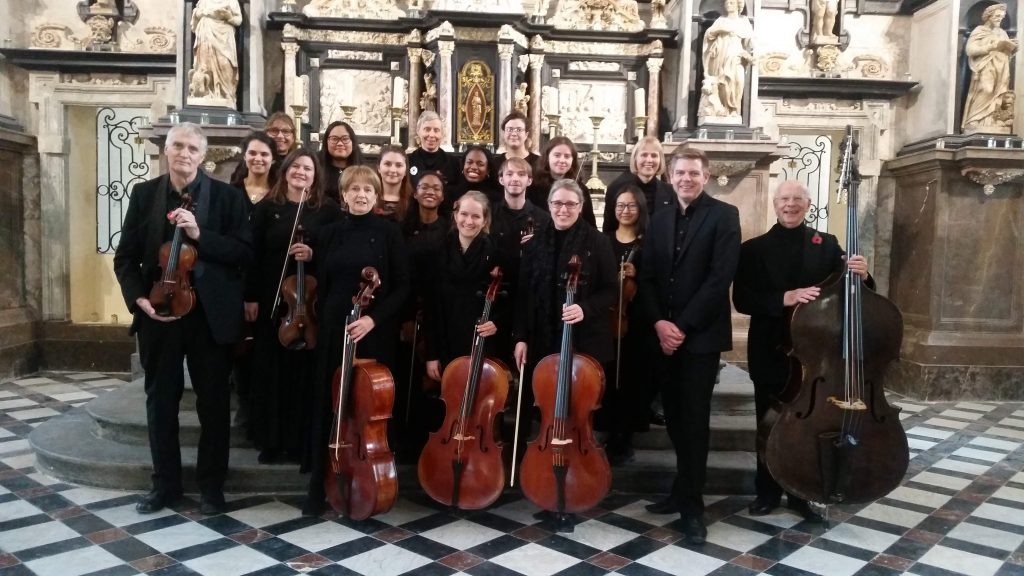
I have also dreamed of doing a children’s concert (achieved by playing Peter and the Wolf last year and this year!) and play Handel’s Messiah (played in 2018), and was a part of the premiere of a newly composed piece (Between Worlds, composed by Anna Phoebe).
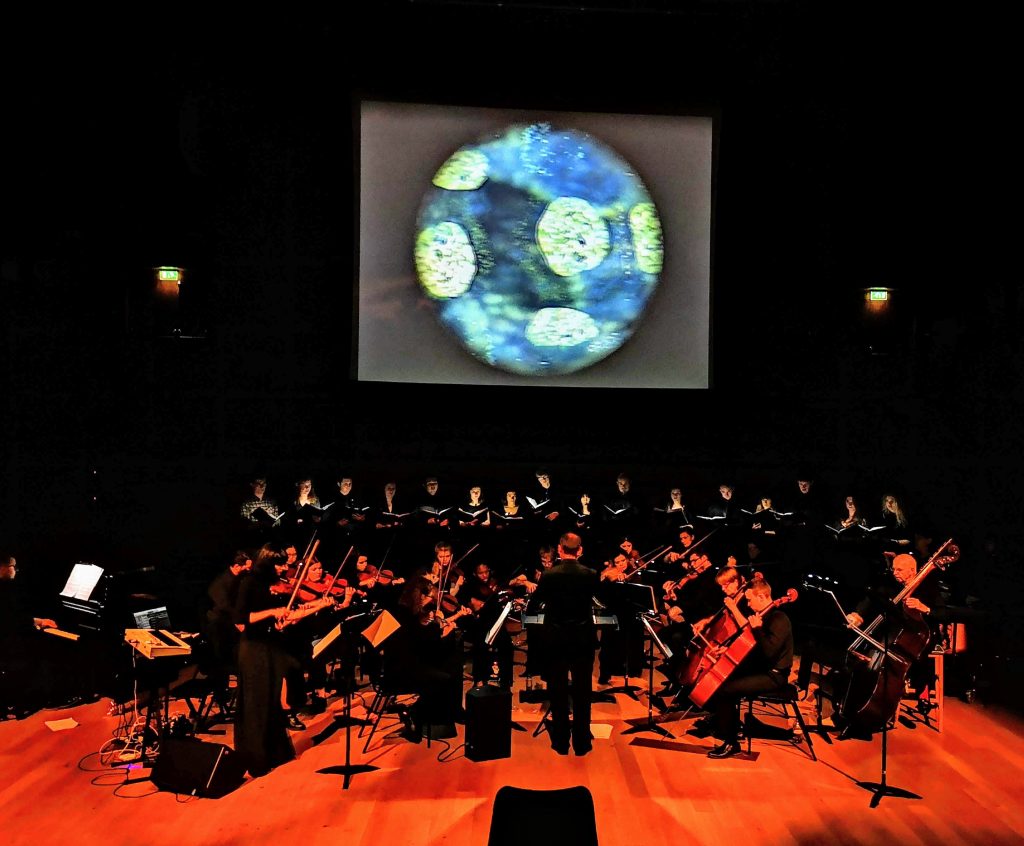
Alongside the extra-curricular music I did during my undergraduate degree, I also joined the Chineke! Junior Orchestra. This orchestra was founded by Chi-chi Nwanoku for primarily black and minority ethnic (BAME) teens and young adults, some of whom are on their way to (or already attend) conservatoires. I have played with them several times over the past couple of years, and will be performing with them at the Southbank Centre later this month (the 23rd February, 2020). It has been an honour to play with other (incredibly talented) people of colour, and to play the works of so many famous black composers, such as Samuel Coleridge-Taylor and Ignatius Sancho. I have also continued to play and sing regularly at my home church. I also had the privilege of taking part in a live performance of the albums Handel’s Messiah: A Soulful Celebration, as part of the choir. Not only was this a lifelong wish of mine, but allowed me to share a stage with what is perhaps the greatest male singing group of all time: Take 6!
Gaining the scholarship this year led me to achieve a dream I didn’t even know I had: leading the Symphony Orchestra. This is an honour, and has definitely been a challenge! My predecessors were so brilliant, and the thought of filling their shoes was daunting. However, it has gone well so far. The concert in December was simultaneously the most thrilling and anxiety-inducing concert I have ever experienced. Despite the heightened emotions, it was an awesome experience.
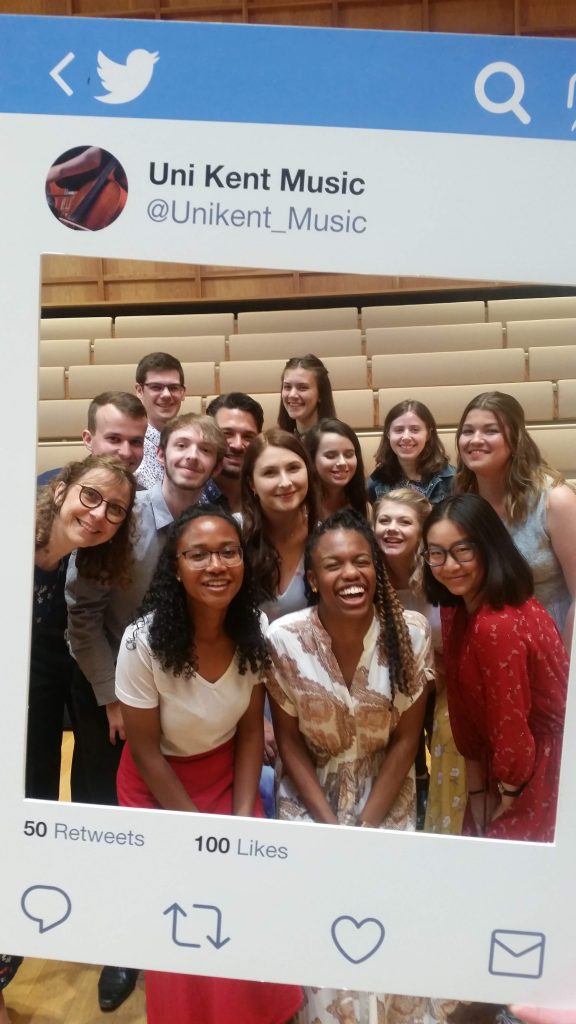


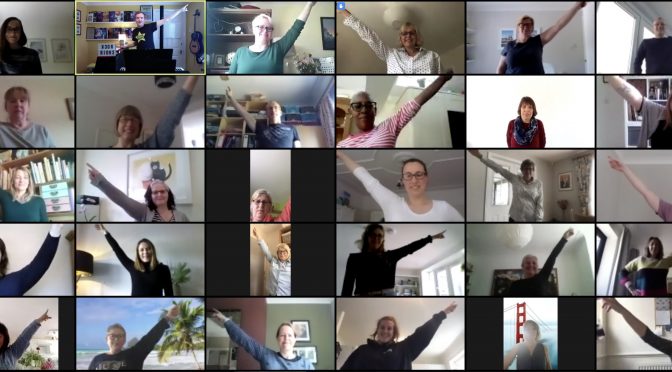

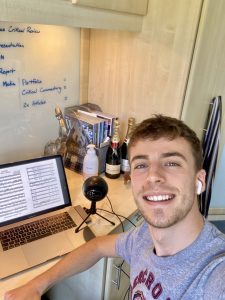
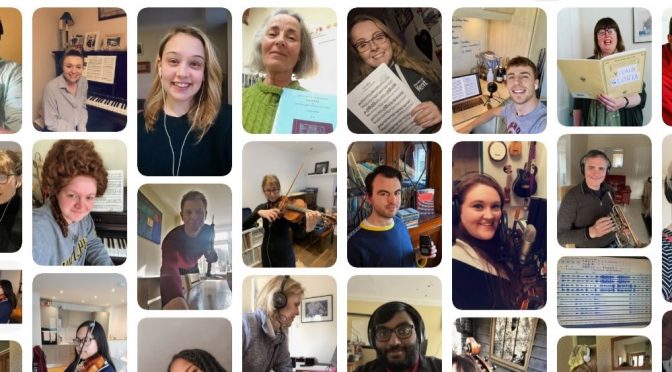


 The creative industry, like many others, is having a rather turbulent time of late (unprecedented, you might say – but if I hear or read that word one more time, I may scream). York Theatre Royal, along with theatres and cinemas up and down the country, closed its doors and cancelled all its upcoming performances following government advice on Tuesday 17 March. I was faced with the strange prospect of being the Marketing Officer for an organisation whose usual function is to entertain large groups of people in a confined space…
The creative industry, like many others, is having a rather turbulent time of late (unprecedented, you might say – but if I hear or read that word one more time, I may scream). York Theatre Royal, along with theatres and cinemas up and down the country, closed its doors and cancelled all its upcoming performances following government advice on Tuesday 17 March. I was faced with the strange prospect of being the Marketing Officer for an organisation whose usual function is to entertain large groups of people in a confined space…